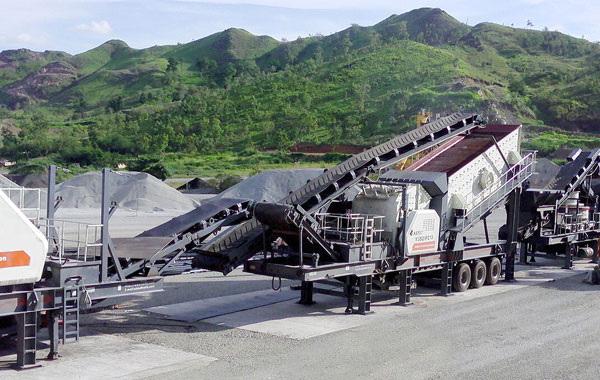Basalt is a common volcanic rock used in various applications, from construction to road building. Processing basalt requires specialized equipment to achieve the desired size and quality of the end product. For those in need of basalt processing crushers, there are several key factors to consider when choosing the right equipment.

Types of Basalt Processing Crushers
- Jaw Crushers: These crushers are known for their high compression strength and are ideal for primary crushing of basalt. They work by compressing the material between a stationary and a moving jaw. Jaw crushers can handle large feed sizes and produce a relatively coarse output, making them suitable for the initial stages of basalt processing.
- Impact Crushers: Impact crushers use impact force to break down basalt. They are effective for producing finer aggregates and can be used in both primary and secondary crushing stages. Vertical shaft impact crushers (VSI) are particularly useful for creating high-quality, cubical-shaped aggregates and are often used in the production of sand.
- Cone Crushers: Cone crushers are known for their efficiency in secondary and tertiary crushing. They work by compressing the material between a rotating cone and a stationary bowl. Cone crushers are suitable for processing basalt into medium to fine aggregates and are often used in combination with jaw crushers for a more complete processing system.
- Hammer Crushers: Hammer crushers use high-speed rotating hammers to break down basalt. They are typically used for primary crushing and are effective in handling large feed sizes. These crushers are suitable for producing a range of aggregate sizes and are known for their high throughput rates.
Factors to Consider When Purchasing a Basalt Processing Crusher
- Capacity: The capacity of the crusher should match the production requirements. Larger crushers with higher capacities are suitable for high-volume processing, while smaller crushers are better suited for lower volumes or smaller operations.
- Feed Size: Different crushers have different maximum feed size capabilities. Ensure the chosen crusher can handle the size of basalt that you need to process. For instance, jaw crushers can typically handle larger feed sizes compared to impact crushers.
- Output Size and Shape: Depending on the application, the desired output size and shape of the aggregate may vary. Jaw crushers are better for coarse aggregates, while impact and cone crushers are better for finer materials. VSI crushers are especially good at producing well-shaped sand.
- Material Characteristics: Basalt is a tough material, so the crusher should be durable and capable of handling high abrasiveness. Look for crushers made from high-quality materials and with robust designs to ensure longevity.
- Maintenance and Service: Consider the ease of maintenance and the availability of spare parts. Crushers with accessible parts and a good service network will reduce downtime and maintenance costs.
- Cost: Evaluate the total cost of ownership, including purchase price, installation, maintenance, and operational costs. Sometimes a more expensive crusher may offer better long-term value through higher efficiency and durability.
In summary, selecting the right basalt processing crusher involves understanding your specific requirements, including capacity, feed size, output specifications, and cost considerations. With the right equipment, basalt can be efficiently processed into valuable aggregates for various applications.
